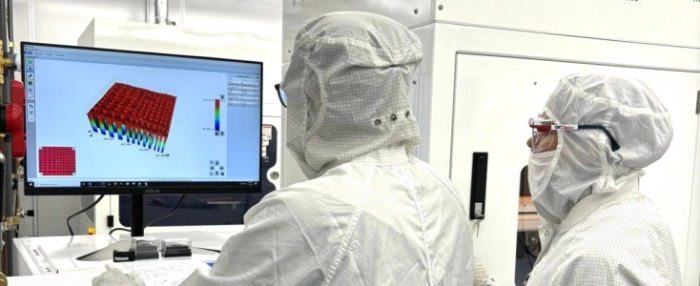
Texas University secures $840m for semiconductor research
The US government has selected the Texas Institute for Electronics (TIE) at The University of Texas to develop next-gen chips for the Department of Defense.
The grant was awarded by the Defense Advanced Research Project Agency (DARPA) and will see TIE establish a national open access R&D and prototyping fabrication facility. It will support the creation of higher performance, lower power, light weight and compact defence systems for radar, satellite imaging and unmanned aerial vehicles.
The new microsystem designs will be enabled by 3D Heterogeneous Integration (3DHI) — a semiconductor fabrication technology that integrates diverse materials and components into microsystems using precision assembly technologies.
“By investing in leading-edge microelectronics manufacturing, we are helping secure this vulnerable supply chain, boosting our national security and global competitiveness, and driving innovation in critical technologies,” said US Senator John Cornyn in an official release. “The next generation of high-performing semiconductors these resources will enable through DARPA’s partnership with UT TIE will help not only bolster our defence but also pave the way for the U.S. to reclaim its leadership role in this critical industry, and I look forward to seeing more Texas-led advancements in the years to come.”
The program will roll out in two phases over five years. In Phase 1, TIE will establish the centre’s infrastructure and basic capabilities. In Phase 2, it will engineer 3DHI hardware prototypes important to the Department of Defense and automate processes. It will also work with DARPA on separately funded design challenges.



